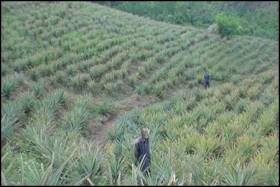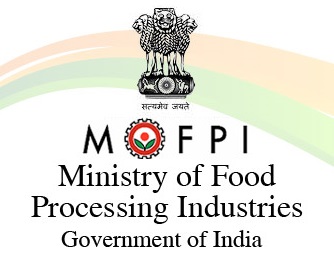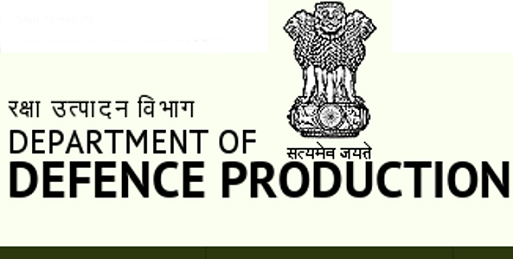North Eastern Region Community Resource Management Society (NERCRMS) is a registered society under the aegis of North Eastern Council, Ministry of Development of North Eastern Region. The society is dedicated towards the transformation of far flung rural areas of North Eastern Region (NER) of India through different livelihood initiatives. The society, so far has covered four states of NER viz. Arunachal Pradesh (Changlang, Tirap and Longding districts), Assam Karbi Anglong and Dima Hasao districts), Manipur (Ukhrul, Senapati, Churachandpur and Chandel districts ) and Meghalaya (West Garo Hills and West Khasi Hills districts). The society, since 1999, has formed 8,403 SHGs (Self Help Groups) and 2,889 NaRMGs (Natural Resource Management Groups) in 2,532 villages benefiting 1,18,843 households through its project- North Eastern Region Community Resource Management Project (NERCORMP).
The society adopted a holistic approach of development with two broad focus areas i.e. (i) social mobilization, organization and capacity building to tap and realize the great latent potential of the communities by employing time tested their traditional value systems and culture, and (ii) Intervene with the economic and social activities and infrastructure with predominant thrust on income generating activities to achieve economic transformation.
The strategy adopted to achieve the goals is:
i) Capacity building of communities and participating agencies: Institutional strengthening of community-based organisations (CBOs) and strengthening the capacity of participating agencies viz. NGOs, line deptts etc. on participatory planning, organisational and financial management, technical training on farm and non-farm activities, monitoring etc.

ii) Economic and livelihood activities: Promote viable income generation activities (IGAs) for poor households through production of field crops, horticulture, forestry, livestock, fisheries, and non-farm activities using sustainable and environmentally friendly practices. Also to support communities with introduction of new technologies, credit/revolving fund to CBOs for internal lending etc.
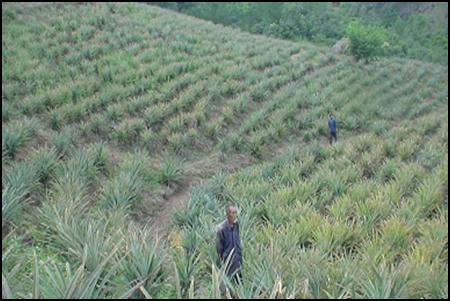
iii) Social sector development: The specific objective of this component was to provide communities access to safe drinking water and improved sanitation.
This was to be achieved byconstructing drinking water storage tanks, piped supply of water from a nearby spring or stream and construction of low cost toilets (LCL) with community participation.
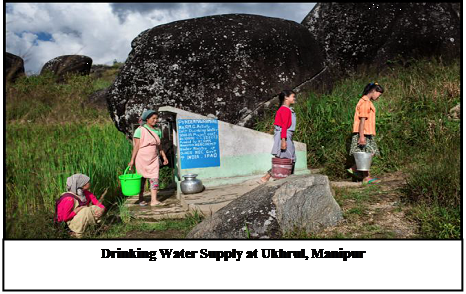
iv)Rural Roads and Rural Electrification: With the objective to enhance communities’ access to markets, health services, education facilities and energy, the component sought to construct common facility centres (CFCs), inter village roads, culverts and suspension bridges and provide home solar lighting systems.

5. Community-based Bio-diversity Conservation & Communication: The specific objective is to protect and preserve the unique natural resources and rich bio-diversity of the region. The sub-components to achieve this objective were: (i) bio-diversity conservation and research aimed at promoting community conserved areas (CCAs) as sacred groves, protected catchment areas and sanctuaries, (ii) forestry development to promote and demonstrate environmentally sustainable non-timber forest products (NTFP) and forestry production systems, and (iii) communication and knowledge management to facilitate information and knowledge sharing on good practices and production systems between communities.


